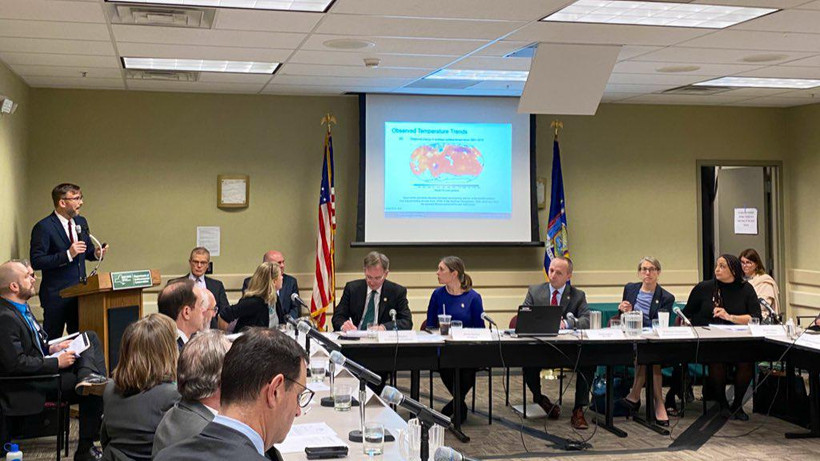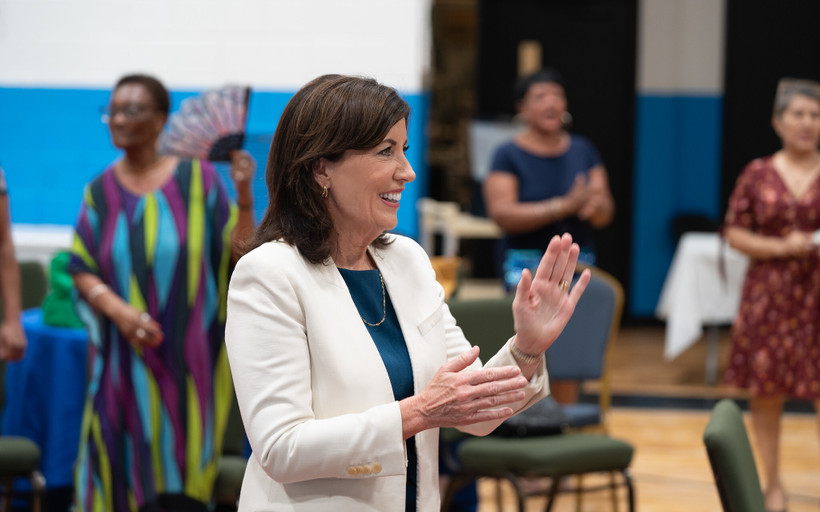“Mired in Incrementalism”: Climate Action Council Proceedings Alarm Climate Advocates
Under New York’s climate law, the Climate Action Council is tasked with devising a plan to zero out emissions. Environmentalists on the Council say it’s not on track.

After the governor declined to answer questions, a New York Focus reporter was ejected from her event.
The constant gridlock is a major drag on Manhattan’s businesses, and source of frustration for commuters. And it’s never been so bad.
Lawsuits had threatened to kill congestion pricing. Now, it might take a lawsuit to save it.
As the state has backpedaled on congestion pricing, it has made no progress on nearly half of its other transit-related climate goals.
The state is blowing past key milestones on the way to its big emissions targets.
As climate disasters threaten a home insurance crisis, a new state bill aims at the problem’s root.

